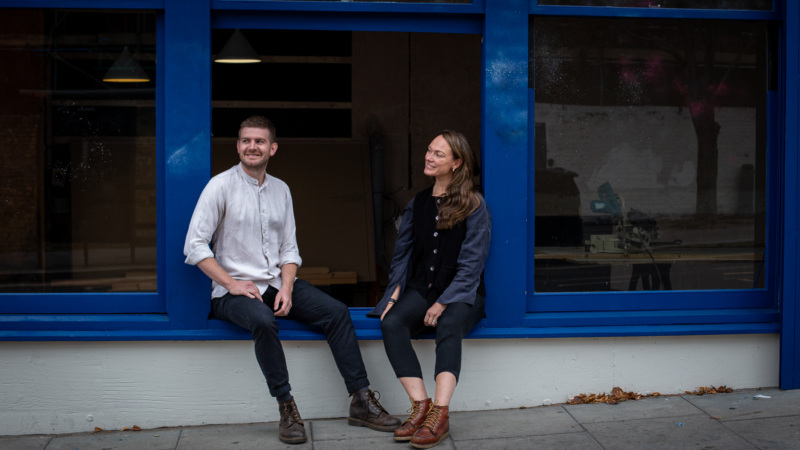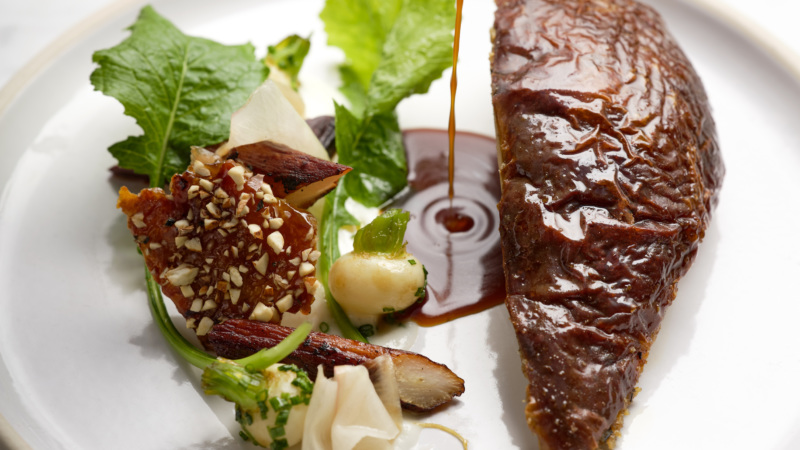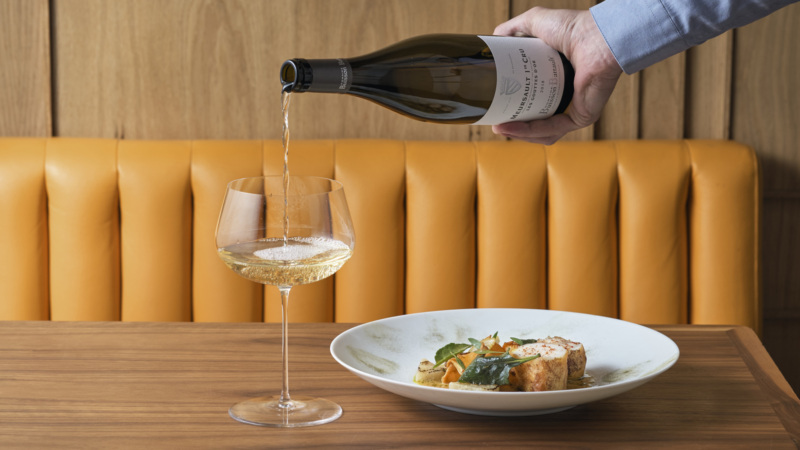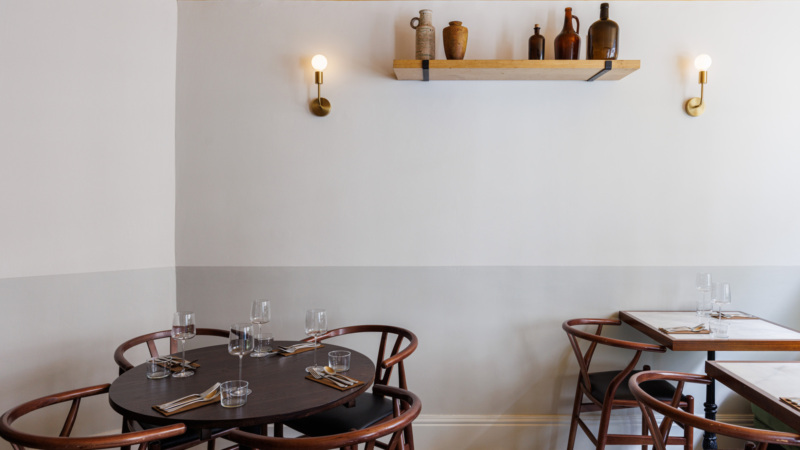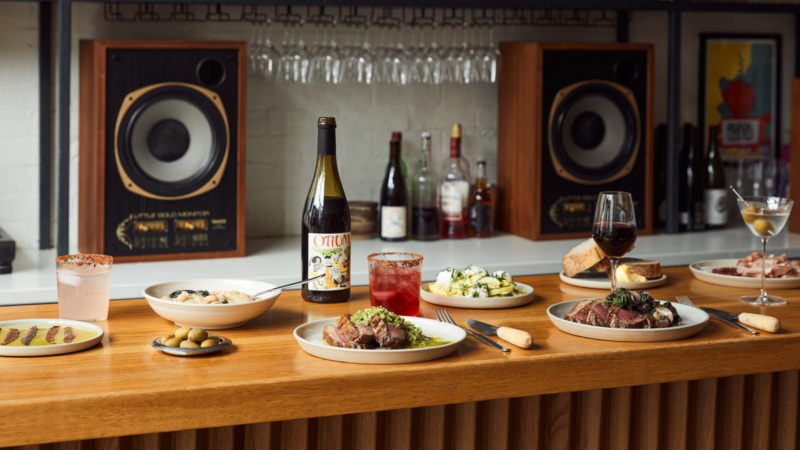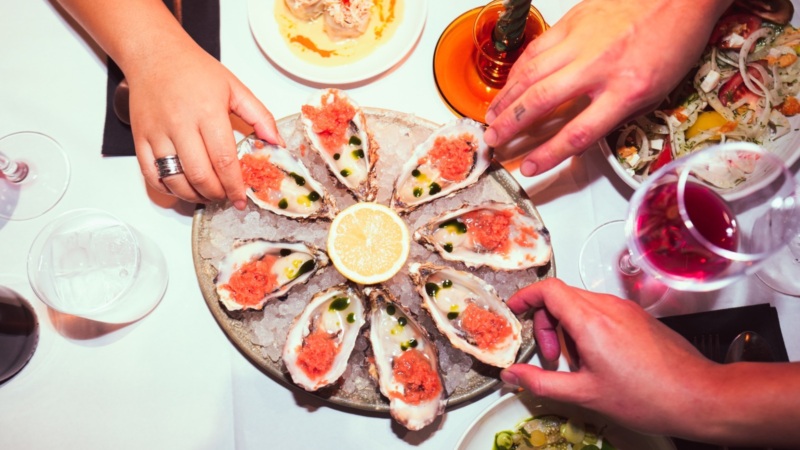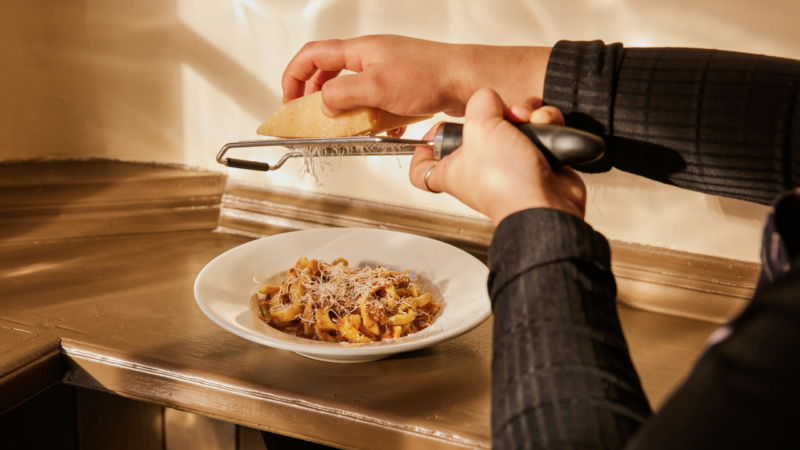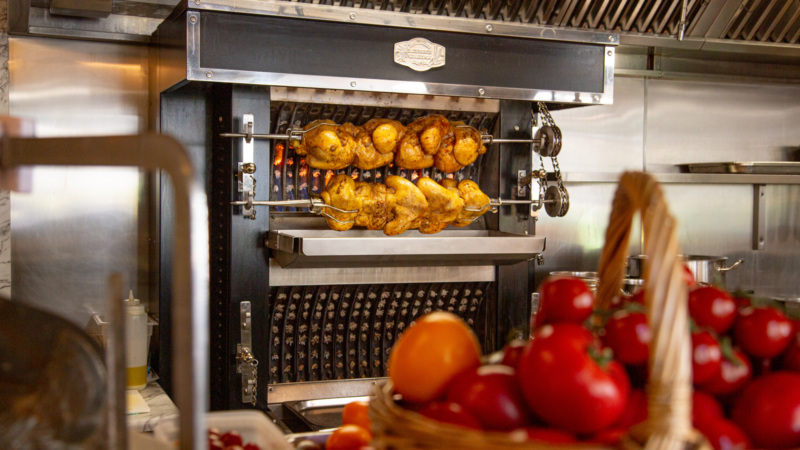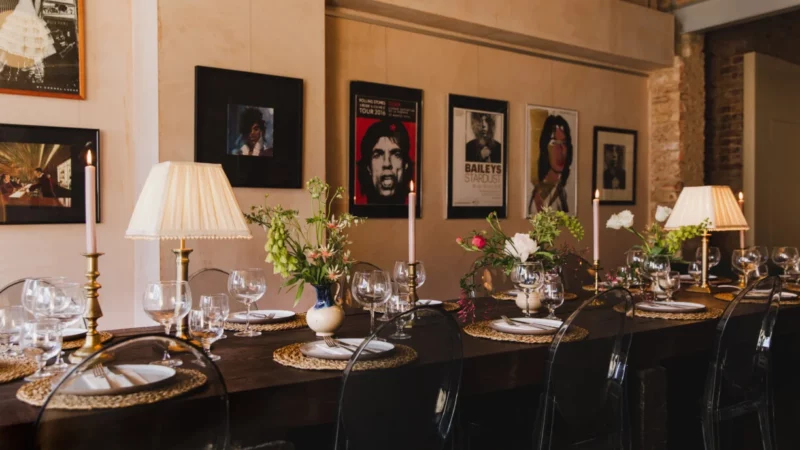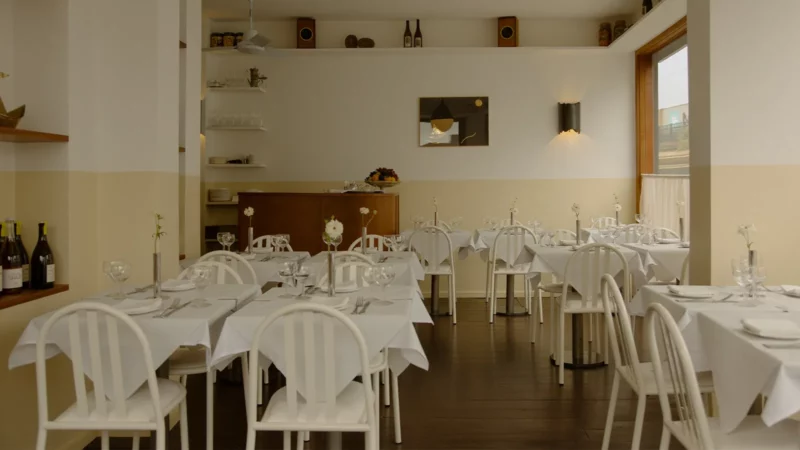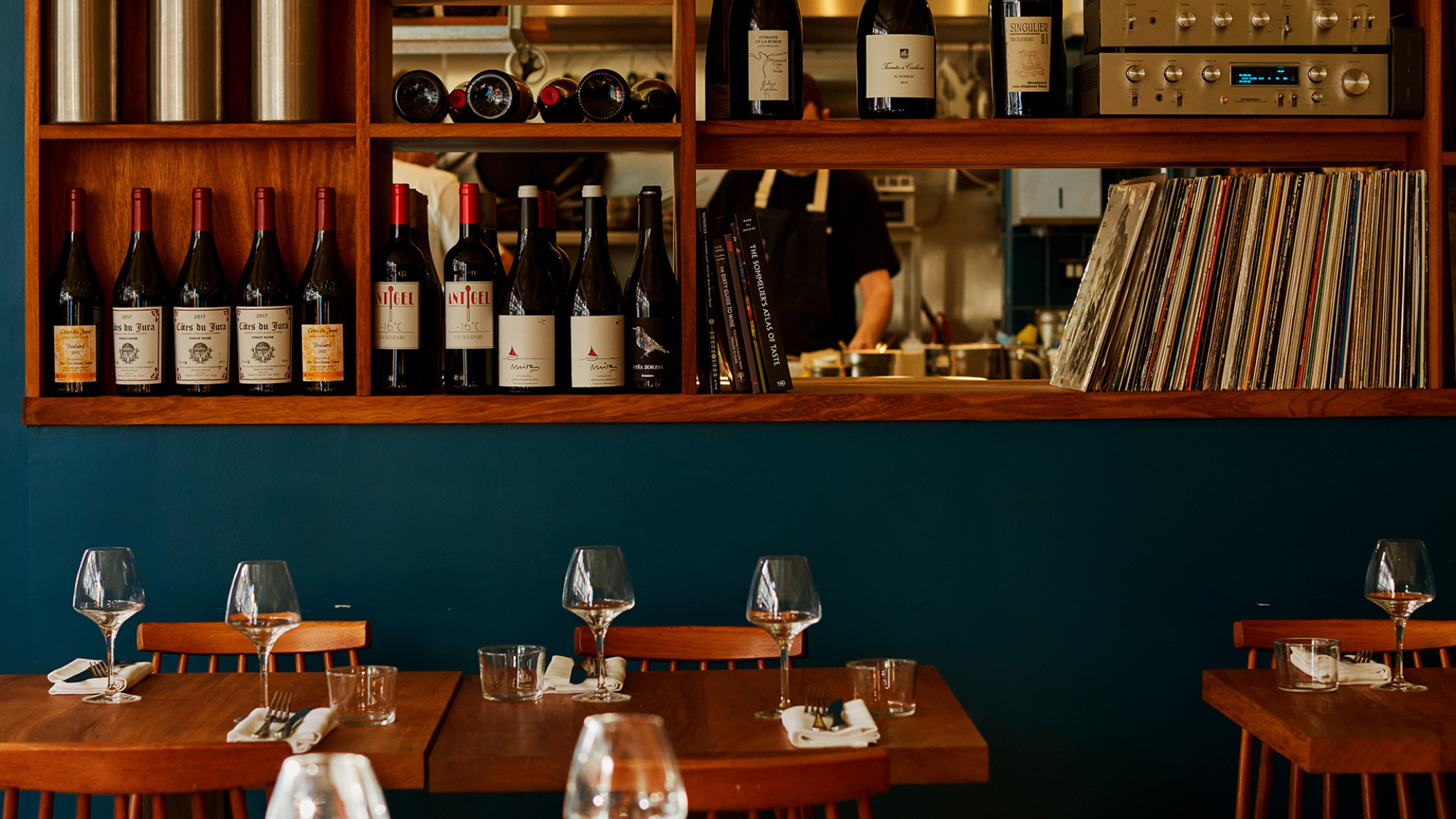
In 2020, Restaurants Must Embrace a New Era of Hospitality to Survive
For restaurants, after months of lockdown and a rollercoaster of a reopening period for those that were able to return, November looks to be yet another chapter fraught with uncertainty. While August and September presented a glimmer of hope for some in the form of milder weather and the government’s month long Eat Out to Help Out initiative, the new season brings a new host of worries: winter weather, the 10pm curfew and the likelihood of London moving into a Tier 2 category, plus the imminent threat of a second wave.
“Things are going to get worse before they get better,” says Nick Gilkinson, of Townsend at the Whitechapel Gallery.
Echoing him is Richard Gladwin of Gladwin Brothers, who owns The Shed and Nutbourne in Sussex and has faced similar challenges. “Not everyone has taken the time to think about what it was like on the 19th of March to shut down your entire business and have no idea of the future — having to stand in front of your staff and say ‘I’m normally the guy with the plan but this time…” he says.
But, as fearful as they all are, many restaurants have come back energised. They are relishing the opportunity to get to know their clientele anew.
“Lockdown definitely brought us closer to a lot of our customers [when the business pivoted to delivery]. It gave us lots of opportunities to not just fulfill but exceed customer expectations,” observes Mathew Carver of The Cheese Bar. “Every struggle you have as a business becomes a part of your DNA. It’s a defining moment from the way you look after your staff through it, your suppliers, the way you treat your customers.”
If there’s an upside, it’s that service, even masked and distanced, could be entering a new era — and it’s something that restaurateurs are both having to simultaneously confront and embrace.
“I brief it to my staff as ‘old school restaurateuring,’” Richard Gladwin says. “The want to impress, the want to make it really special. Those who are coming are your die-hard regulars. My briefing to staff all the time at the moment is about capturing those people: give them a glass of sparkling wine from our vineyard to say ‘it’s so good to see you.’ Give them a snack, even if they’re just having a drink.”
At Santo Remedio in Tower Bridge, Natalie Diaz-Fuentes has found similarly. “We’ve been given that opportunity to get to know our guests more and have a bit more time with them, something we’d always wanted,” she tells me. “When they come in and we know their favourite, what a nice feeling that is as a customer.”
As well as another chance to reassure and earn back their confidence, a return to old-school hospitality is good news for diners, whose disposable income has been impacted by a new recession. Those with the means to dine out need to know they can trust a restaurant to deliver. “You can’t have an off-day,” notes Diaz-Fuentes. Anecdotally, it seems diners want food they can’t make at home, hard-to-source ingredients, and double helpings of escapism.
Townsend’s Nick Gilkinson says that the offers they ran through the Eat Out To Help Out scheme showed them that customers wanted value. “It’s clear that if your offering is right, you will get people through the door. Last week, last minute, I thought ‘let’s put on a drinks pairing and see if anyone takes it’ — 75% of people had it. We’re looking at things like that now, ways we can enhance the experience.”
“Ten years ago, going out for dinner was a special occasion,” adds Richard Gladwin. “I think that feeling is coming back.”
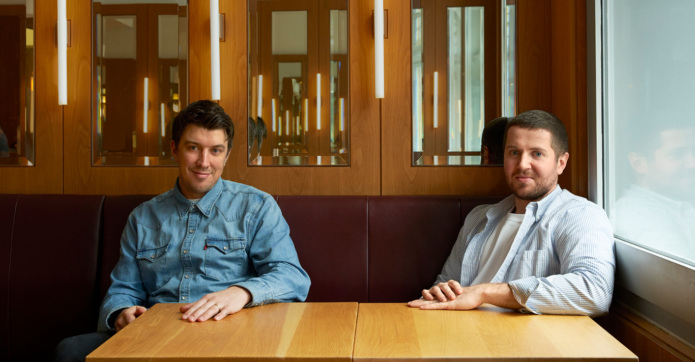
*****
As important as old school hospitality is, a Covid-era hospitality has also emerged in response to the pandemic. Many potential diners are still reluctant to venture out. A Future Shock report from CGA and UKHospitality suggests 23% are returning to venues with caution, and 33% only doing so if they are sure that added precautions are in place. Before the government introduced mandatory face coverings for staff and diners on September 24th, research by HGEM revealed strong support for their use amongst serving staff (75%, rising to 88% among 18 to 24 year olds). Fear of a second wave looms large.
“Some [diners] are risk-averse, some more gung-ho,” says Mark Gurney of Levan, Salon and now Larry’s in South London. “Some follow the protocols, others are reasonably blasé. It’s down to us in the service industry to have our standards in place and not deviate from them.”
If restaurants are to continue to earn the confidence of the dining public, then guests deserve to know where any given establishment stands on safety measures such as masks, screens, distancing, and sanitisers. Policies should be clear, readily available and, most importantly, put into practice. Likewise, the same goes for other mid-pandemic measures: most reasonable customers will accept flexible opening hours, reduced menus, higher prices and no-show charges if they’re communicated effectively and with transparency.
In short, to deliver on expectations and regain the trust of diners, restaurants are having to be the best version of themselves that they can be under difficult circumstances. And as a group whose comfort depends on the labour and risk of others, the least diners can do is to return the courtesy. Guest etiquette could and should be better, and that old saw about the customer always being right needs to be put to bed for good. Now’s the time to be a regular — use it or lose it, as they say — and to leave thoughtful reviews, give constructive feedback; to order an extra drink, to turn up, and to tip big. When a restaurant like Leroy reopens with new systems such as its ‘no-list’ wine list and scrapped service charges, it’s asking diners to understand what they do and to have faith. There’s no place for mistrust.
At the risk of losing some of the magic, restaurateurs are finally pulling back the curtain to allow for greater transparency to their guests, and, the hope is, to instill a greater sense of trust. Jules Pearson, F&B partnerships and insight director at Ennismore, says: “I think people who aren’t necessarily in the hospitality industry don’t see the planning that takes places behind the scenes to even be open during this time, the impact it has on the team members, or understand the cost of running a restaurant.”
The pandemic has presented an opportunity to reimagine the relationship between guest and operator, and not a moment too soon. There’s hope that something more equitable and more sustainable lies on the other side, and much of that will boil down to the mutual trust between restaurants and their diners, and the bilateral acceptance that a return to dining as it was is unlikely. With the country now officially in recession and the new season likely to bring with it a spike in cases — and the threat of another lockdown — it’s now not a question of philosophy, so much as one of survival.

